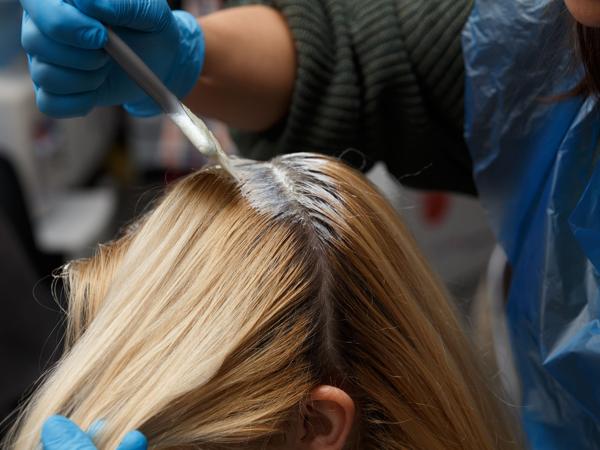Coloring your hair at home can be a great way to experiment with new looks without the salon price tag. Whether you’re a seasoned DIYer or just getting started, this guide will walk you through the process with ease and confidence.
Understanding Your Hair Type
It’s important to first understand your hair type, as it affects how color will interact with your strands. Is your hair fine, medium, or thick? Is it straight, wavy, or curly? Knowing this will determine the type of dye and technique you’ll use.
Choosing the Right Color
Picking the correct shade is crucial. Consider what complements your skin tone. For a natural look, aim for a shade no more than two levels lighter or darker than your current hair color. Try using online tools from L’Oréal Paris to visualize potential outcomes.
Pre-Coloring Preparation
Preparation sets the stage for successful at-home coloring:
- Perform a Patch Test: Always conduct a patch test 48 hours before application to check for any allergic reactions.
- Protect Your Skin: Apply petroleum jelly along the hairline and ears to prevent staining.
- Gather Your Supplies: Make sure you have a dye kit, a comb, clips, an old towel, and gloves.
Application Techniques
Different application techniques yield different effects:
- Full Color: Divide your hair into sections and apply color from roots to ends. Ideal for dramatic changes.
- Root Touch-up: Focus only on the new growth to maintain your color between full applications.
- Highlights: Use a highlighting cap or a freehand painting technique for a sun-kissed look.
Post-Color Care
Maintaining color and hair health requires some attention:
- Use Color-Safe Products: Shampoos and conditioners for color-treated hair can help extend the life of your new hue.
- Avoid Frequent Washing: Shampooing every other day can help preserve your color.
- Heat Protection: Always apply a heat protectant before styling with hot tools.
Understanding Permanent vs. Semi-Permanent Colors
Each type of dye offers different benefits:
- Permanent: Changes the hair’s structure for long-lasting color. It often includes ammonia for deep penetration.
- Semi-Permanent: Ideal for temporary changes and less damage, as it sits on the hair’s surface and gradually washes out.
Special Considerations for Graying Hair
Gray hair can be resistant to color. If you’re trying to cover grays, opt for dyes specifically formulated for high coverage. Look for products labeled as “gray coverage” or “age-defying”.
Learn from Experts
Consult reputable sources and communities, such as articles from Allure, for the latest tips and trends in hair coloring. They can offer insights into techniques that professionals recommend for at-home coloring.
With this guide, you’re well on your way to achieving your desired hair color at home. Remember, patience and careful attention to instructions can go a long way toward achieving salon-like results in the comfort of your own home.




